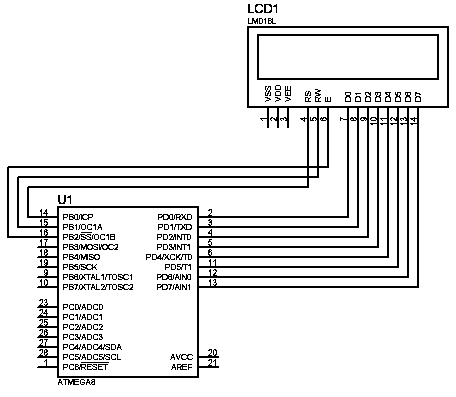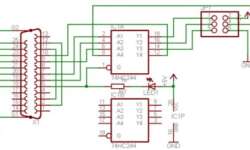How to sprintf float numbers with AVR GCC

The float numbers are not recommended to use with smaller 8-bit AVR microcontrollers. The main reason is that the AVR core does not have a floating-point arithmetic unit built-in. The software library emulates the floating-point arithmetic operations. The software library simulates Floating-point arithmetic operations. However, in real-world applications, you may need to use numbers with floating-point. In some particular cases, you can get away without you declaring variables as float type. If operations are simple like division or multiplying by 2, 4, 8, they can be replaced by the byte shift operation (byte<<1)=byte*2 Of course, it depends on the different situations and data you are manipulating – sometimes using floats is inevitable. If your code fits into Program memory and execution speed is not critical, use floats or double number formats, as you like.







